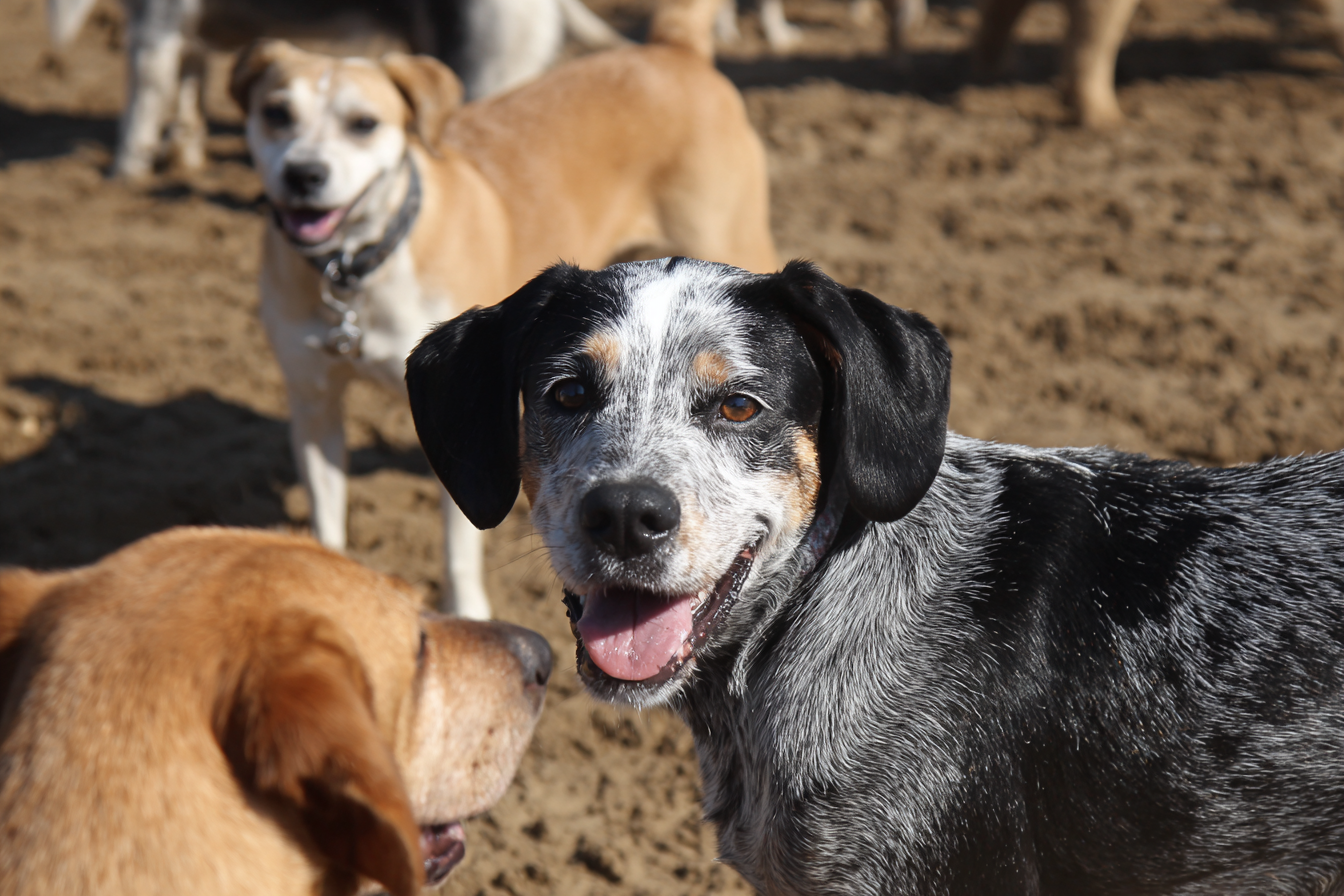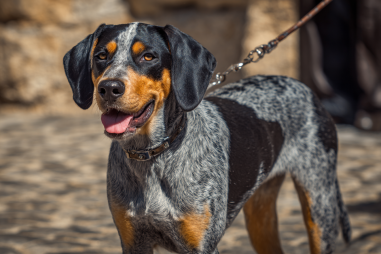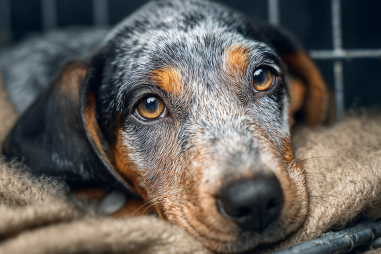The Bluetick Coonhound is a breed well-known for its energetic spirit, hunting instincts, and unmistakable spotted coat. However, beyond their physical attributes and hunting capabilities, these dogs have unique social needs that are essential for their overall happiness and well-being. Like other social breeds, Bluetick Coonhounds thrive on interaction, and understanding how to meet their social needs can lead to a well-adjusted, content companion. In this article, we’ll explore why social interaction is vital for Bluetick Coonhounds, where they prefer to socialize, the benefits of regular playtime, signs that indicate social deprivation, and practical tips to increase their social opportunities.
Importance of Social Interaction
Social interaction is crucial for Bluetick Coonhounds as it contributes directly to their mental and emotional health. These dogs were traditionally bred as hunting companions, meaning they are naturally inclined to be part of a team, whether it’s with other dogs, animals, or humans. Without adequate social engagement, they can develop feelings of loneliness and boredom, which often manifest as behavioral problems such as excessive barking, digging, or destructive chewing.
Interacting with other dogs and people stimulates their minds, keeps their instincts sharp, and helps them feel secure. Socialization from an early age also plays a pivotal role in preventing anxiety and aggression, making it easier for them to adapt to various environments and situations. Ultimately, social interaction enriches a Bluetick Coonhound’s life, creating a harmonious balance between physical exercise and emotional connection.
Preferred Social Settings and Companions
Bluetick Coonhounds generally enjoy social settings where they feel safe and engaged. While they are highly sociable, they tend to form strong bonds with their human family and may be wary of strangers initially. Their keen sense of smell and hunting background encourage them to be alert but not aggressive, so patient introductions are important when meeting new people or animals.
In terms of companions, Blueticks often get along well with other dogs, especially those with similar energy levels. They enjoy playing and exploring together, which satisfies their need for both companionship and mental stimulation. While small pets can live harmoniously with them if socialized properly, owners should always supervise interactions given the Bluetick’s hunting instincts.
Preferred social settings include:
- Dog parks where they can safely interact and run freely
- Family gatherings or social events where the dog can be part of the group
- Outdoor activities like hiking or hunting trips
- Structured play sessions with familiar dogs
These environments appeal to their natural tendencies and help foster positive social experiences.
Benefits of Regular Playtime
Playtime does more than just burn off a Bluetick Coonhound’s abundant energy; it strengthens their social bonds and supports mental well-being. Engaging in play regularly provides opportunities for communication, learning social cues, and releasing instincts in a controlled manner. This is especially important for Blueticks as they have a high prey drive and abundant stamina.
Activities like fetch, tug-of-war, or scent games not only entertain but also challenge their minds and body. Playing with other dogs or engaging with their owner during these activities nurtures trust and deepens mutual understanding. Furthermore, playtime helps reduce stress, alleviates boredom, and promotes overall happiness.
Owners should aim to incorporate diverse and interactive play sessions throughout the week to fulfill their dog’s social and physical needs. Mixing solo play with group play helps maintain balance and prevents overstimulation or frustration.
Signs of Social Deprivation
When Bluetick Coonhounds don’t get enough social interaction, various signs of distress can emerge. Recognizing these early can help owners adjust the dog’s routine before problems escalate. Common signs include:
- Excessive Barking or Howling: Vocalizing is often a way for social dogs to seek attention or express frustration.
- Destructive Behaviors: Chewing furniture, digging, or other destructive habits can be a symptom of boredom and loneliness.
- Withdrawal or Depression: A Bluetick may become lethargic, lose interest in activities, or isolate themselves if feeling neglected.
- Separation Anxiety: Exhibiting panic or stress when left alone often indicates a lack of social comfort and reassurance.
- Hyperactivity or Restlessness: This may indicate unspent energy caused by insufficient social or physical engagement.
If any of these behaviors are observed, it is crucial to enhance the dog’s social opportunities and provide mental stimulation to improve their well-being.
Tips to Increase Socialization Opportunities
Meeting the social needs of a Bluetick Coonhound requires intentional effort from their owners. Here are some effective strategies to help increase social interaction and keep your dog happy:
- Arrange Regular Playdates: Organize meetups with other dogs of similar energy and temperament to encourage positive interaction and exercise.
- Join Dog Training or Social Classes: These provide controlled environments where dogs can learn new skills and socialize with humans and other dogs.
- Visit Dog Parks: Frequent trips to well-maintained dog parks can offer your Bluetick a chance to run freely and meet new friends.
- Interactive Outdoor Activities: Engage your dog in scent work, hunting trials, or hiking adventures to stimulate natural instincts and social engagement.
- Spend Quality Time Together: Blueticks thrive when their owners are actively involved in play and companionship. Carve out daily time for bonding activities.
- Use Socialization Tools: Leash, toys, and treats can facilitate positive introductions to new people and dogs, reducing fear or anxiety during encounters.
- Maintain a Consistent Routine: Predictable social and playtime schedules reassure your dog, reducing stress and behavioral issues.
By incorporating these practices, owners can create a fulfilling social life for their Bluetick Coonhound that supports their natural instincts and emotional needs.
Ensuring a Rewarding Social Life for Your Bluetick Coonhound
Caring for a Bluetick Coonhound goes beyond physical exercise and basic training. Recognizing and nurturing their social needs is key to raising a happy, well-rounded dog. These social interactions not only prevent negative behaviors but also boost mental health, confidence, and a deeper bond between pet and owner. Whether through playtime, structured activities, or casual social outings, providing ample opportunities for your Bluetick to connect with others is an investment in their lifelong happiness. By staying attentive to signs of social deprivation and actively boosting their social experiences, you’ll ensure your Bluetick Coonhound thrives as a joyful, friendly member of your family.







